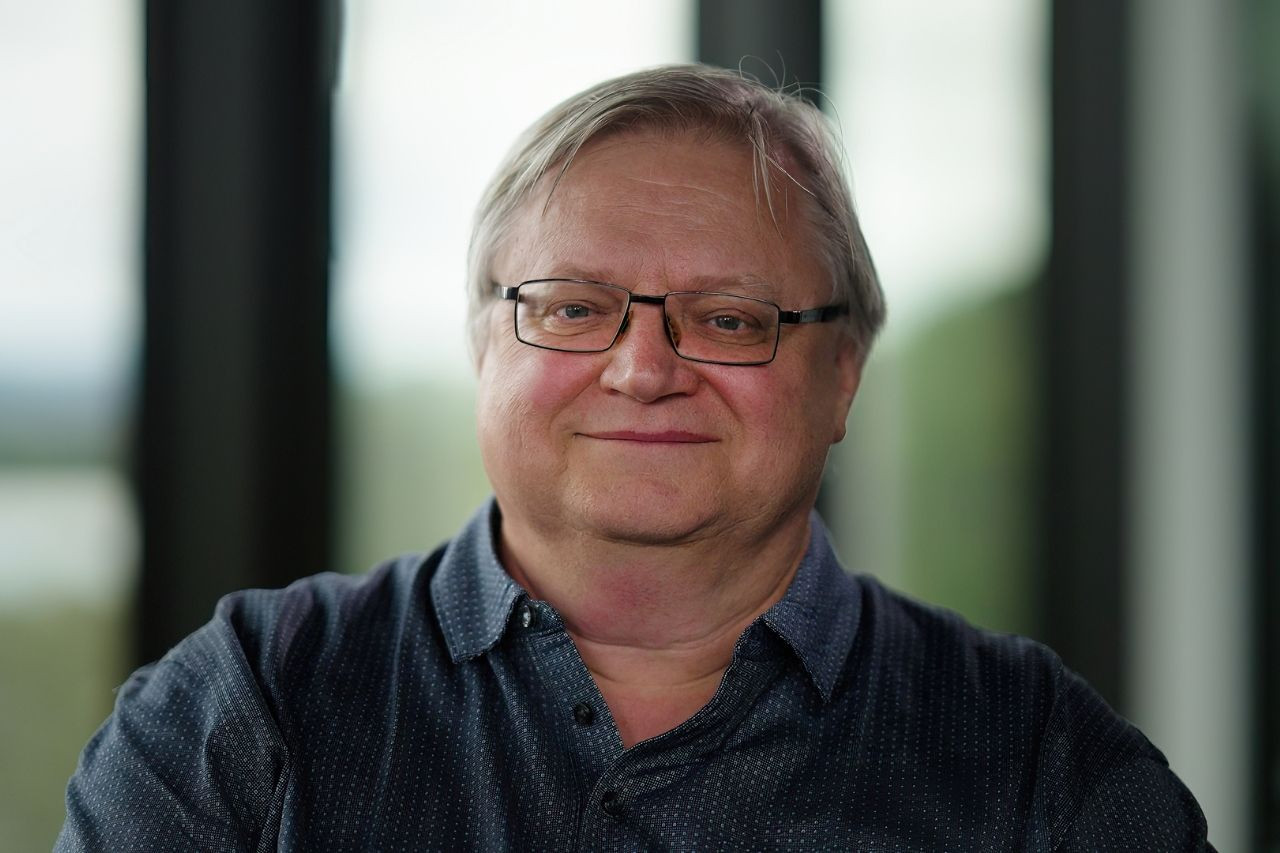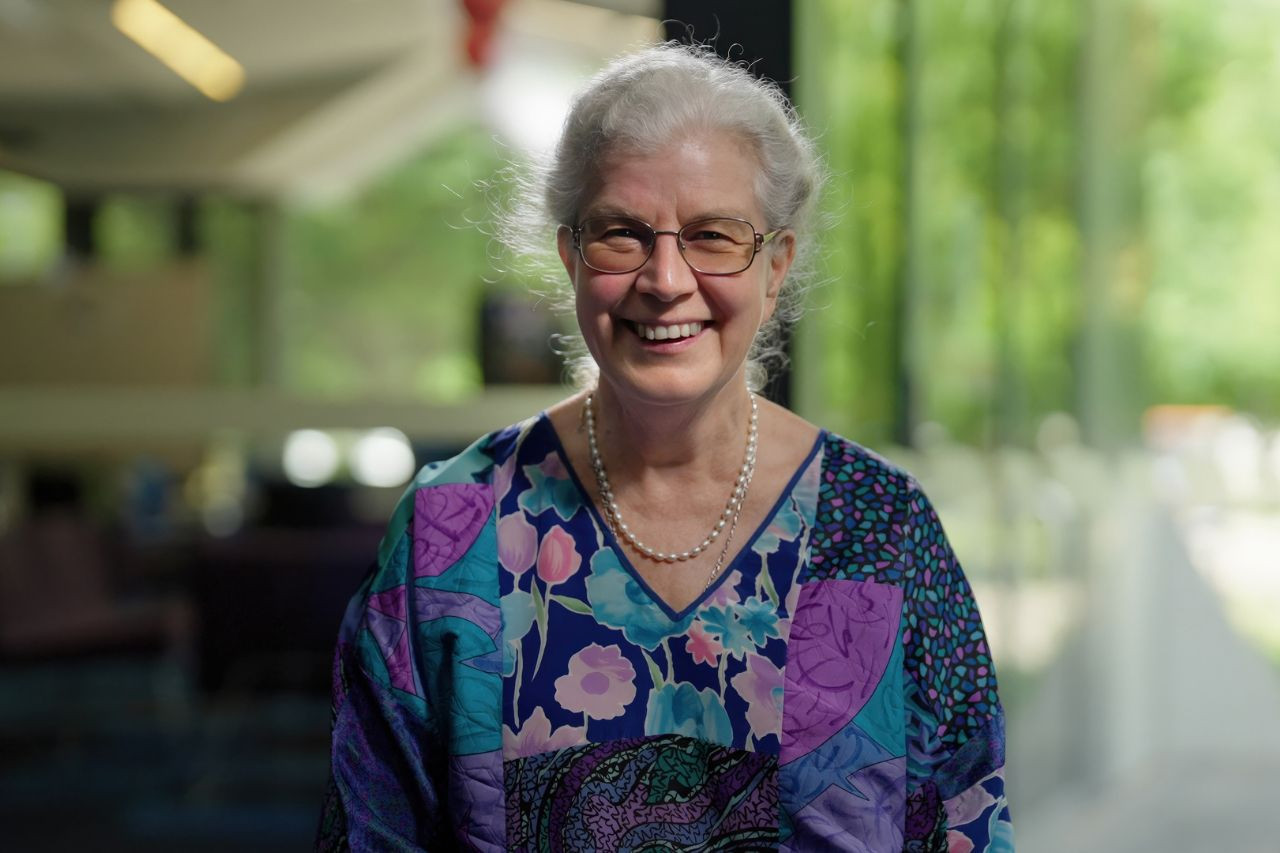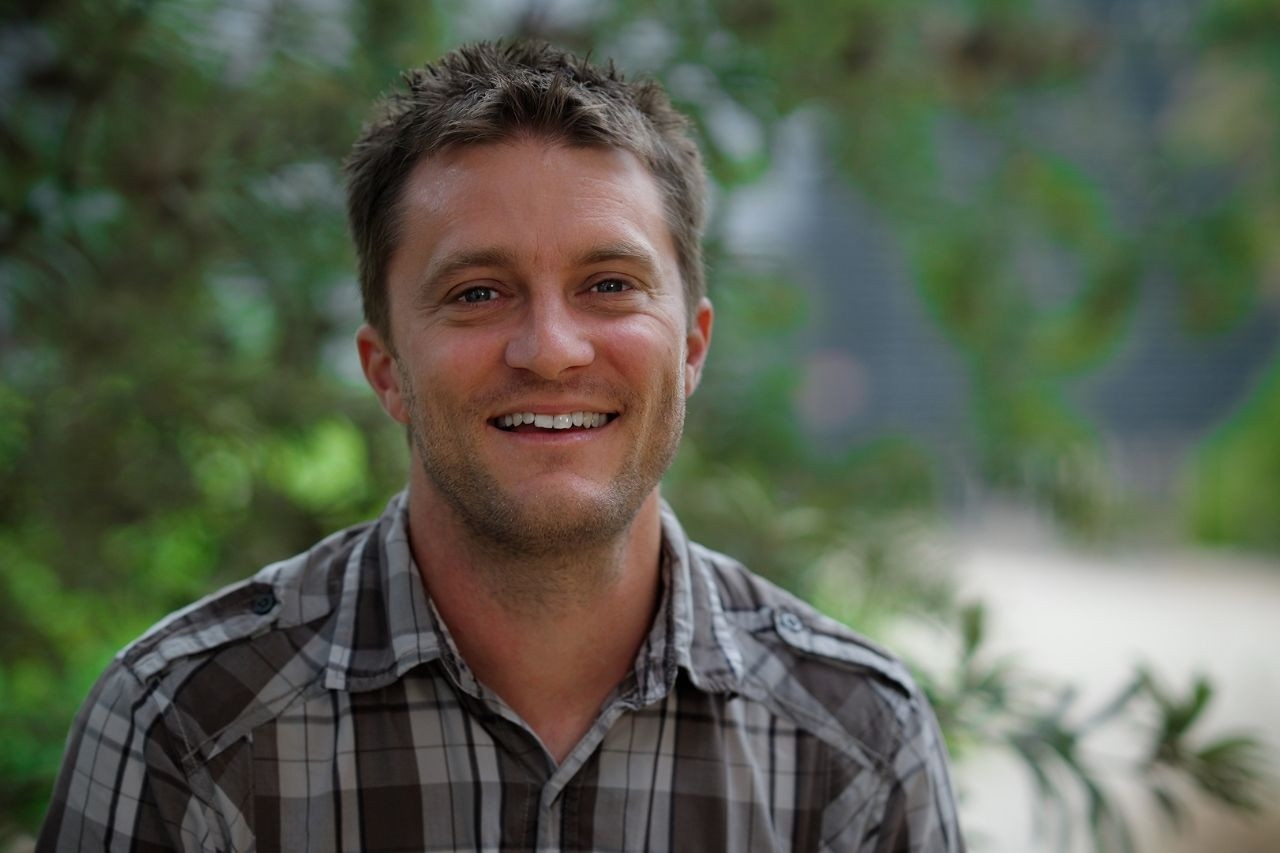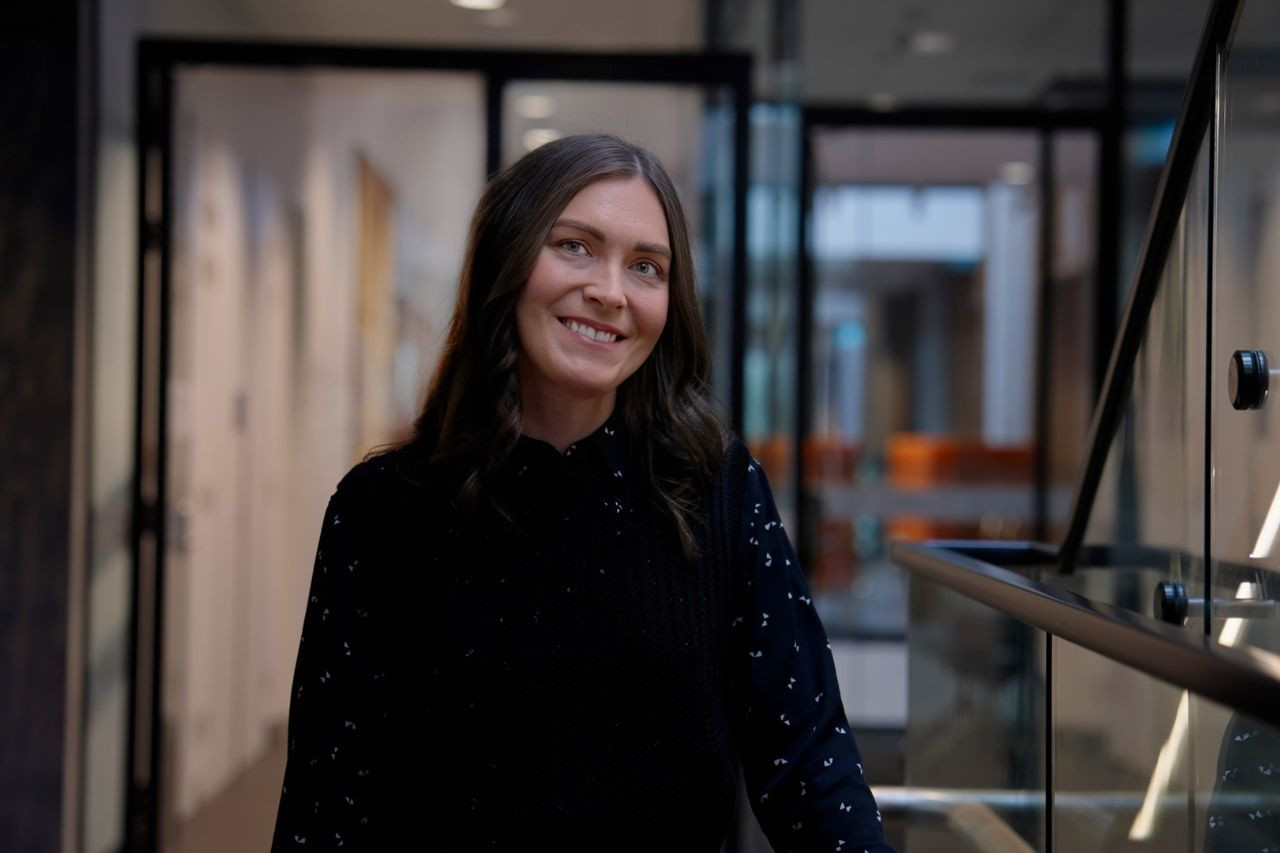ANU trailblazers celebrated by Australian Academy of Science
By Phillis Zeng
Four remarkable researchers from the Australian National University (ANU) have been celebrated by the Australian Academy of Science for advancing scientific research.
Professors Yuri Kivshar and Alison Rodger, Associate Professor Daniel Noble and Dr Daria Smirnova have received honorific awards from the Academy for their trailblazing contributions to “solving humanity’s greatest challenges”.

Distinguished Professor Yuri Kivshar FAA, a world-renowned physicist in optics and photonics, has received the Matthew Flinders Medal and Lecture, which is one of the most prestigious career awards of the Academy and recognises scientific researchers of the highest standing.
Kivshar moved to Australia and joined the ANU Research School of Physics in 1993. He pioneered nonlinear optics and metamaterials and established the Nonlinear Physics Centre at ANU, a nationally leading research centre in metamaterials.
He is also one of the founders of the field of metaphotonics, employing artificial photonic materials with novel properties to manipulate light at the nanoscale.
His work in fundamental metaphotonics has shaped technology transformation and commercialisation in optical communications, biomedical sensing and defence systems.
A third-time recipient of an Australian Academy honorific award, Kivshar says he’s still honoured to be recognised to the level of the Matthew Flinders Medal.
“This award is a very important achievement for me,” he says. “When I came to Australia more than 30 years ago, I did not expect that I would achieve something like this.”

Professor Alison Rodger FAA, from the ANU Research School of Chemistry, has been awarded the David Craig Medal and Lecture for her career-long contributions to developing new spectroscopic techniques that have deepened our understanding of the molecular world.
Her research focuses on using spectroscopy to understand the ways molecules interact with each other, especially how biopharmaceutical products, proteins and nucleic acids interact in cells that affect our bodies.
Passionate about equality and diversity in science, she has also supported a significant number of students, early-career researchers and colleagues in their careers.
For Rodger, the award is particularly meaningful because of her special connection with Professor David Craig.
“David Craig is my scientific grandfather,” she says. “He was the supervisor of my PhD supervisor.”
“I met David when I was a PhD student, but I’ve lived with his textbook for my whole career.”

Associate Professor Daniel Noble, an early-career researcher from the ANU Research School of Biology, is revolutionising ecological data synthesis across variable biological studies on different species and ecosystems.
He has developed multiple analytical tools that allow researchers to deal with existing data and estimate missing data, which have become instrumental for biologists and scientists in other fields.
His contributions to data synthesis and a more open and collaborative scientific community have earned him the Fenner Medal.
“Receiving the Fenner Medal is recognition of the huge amount of work that my colleagues and I have been doing in this space and is an encouragement to keep doing it,” he says.

Another emerging star, Dr Daria Smirnova, from the ANU Research School of Physics, has been acknowledged with the Pawsey Medal for her innovative approaches in nanophotonics.
Using mathematical methods, especially topology, she has developed nanoscale materials that manipulate light-matter waves in an unusual way to process signals with high speed and reliability.
Her work paves the way for high-performance computing, data protection, low-threshold nanolasers and microchips that could transform everyday devices.
Smirnova says being recognised with the Pawsey Medal has a special meaning for her.
“I think almost all female scientists face some challenges they have to overcome to be successful,” she says.
“This recognition encourages me to maintain high standards in my work.”
This article was first published by ANU Reporter.
